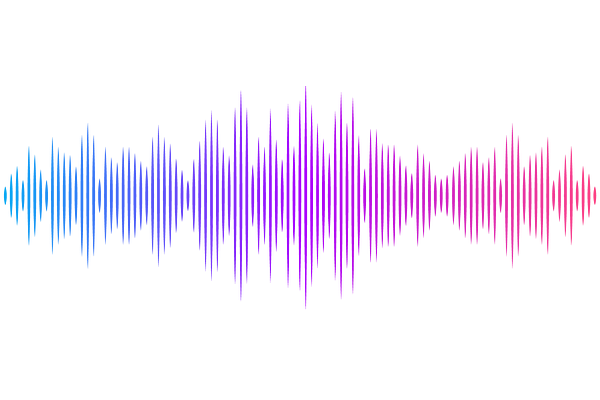Painless Nav1.7 mutations reveal function-critical residuesin the outer vestibule and N-terminus

Painless Nav1.7 mutations reveal function-critical residuesin the outer vestibule and N-terminus
Sarveswaran, N.; Drissi, I.; Shaikh, S.; Nahorski, M.; Cusdin, F.; Linley, J.; Woods, G.
AbstractChronic pain is a common condition, placing a large cost on society and a heavy burden on the individual. Nav1.7 has emerged as a non-redundant and axiomatically important part of human pain pathways. Biallelic loss-of-function (LOF) mutations in SCN9A, encoding voltage-gated sodium channel Nav1.7, cause the Mendelian disorder Congenital Insensitivity to Pain (CIP). Studying novel missense mutations in this channel has the potential to uncover unrealised functions of critical residues that could enable new strategies for analgesia. Here we describe detailed functional studies of six SCN9A missense variants found in individuals with typical SCN9A-CIP: c.224T>C/p.Leu75Pro, c.1025C>T/p.Thr342Met, c.2686C>T/p.Arg896Trp, c.2732G>A/p.Arg911His, c.5059G>C/p.Ala1687Pro, and c.5173G>C/p.Gly1725Arg. While all variants were extremely rare and predicted to alter function, current tools cannot specify the extent or direction of change in function, nor provide information about the mechanism(s) of pathogenicity. Stable cell lines were generated for each variant, using the isogenic Jump-In T-REx HEK293 system. We investigated how each variant caused molecular dysfunction using multiple approaches: sequence conservation analysis and 3D modelling to examine the structural importance of the affected residues; automated whole-cell patch clamp electrophysiology to assess channel biophysics; and finally, immunocytochemistry along with cell-surface biotinylation to detect any alterations in subcellular localisation. Our studies revealed that all mutations reached the cell membrane but caused a complete LOF through small localised structural changes in the extracellular vestibule, ion selectivity filter and N-terminus that abolished sodium conductance. Functional analysis remains the most reliable method of classifying SCN9A missense variants and can help to pinpoint important subdomains.